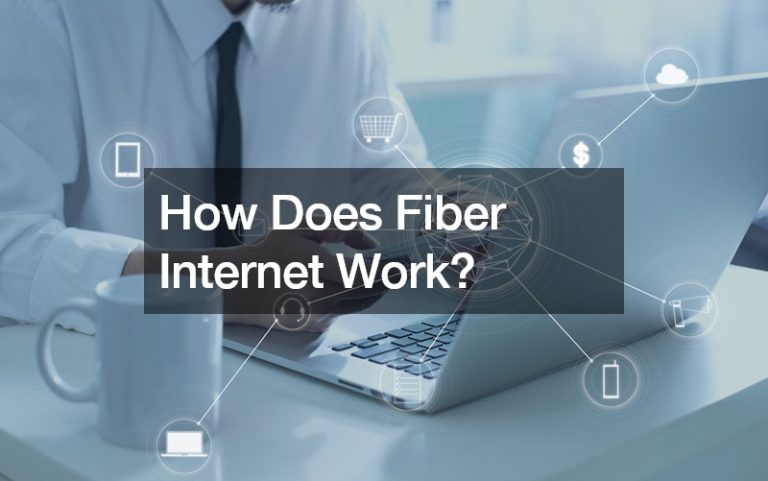Experts have warned that technology may be contributing to the epidemic of mental health in the United States, especially among young adults. The frequent use of social media and exposure to advertisements play a role in the rising number of people worldwide who are suffering from symptoms of anxiety and depression.
Research has already established a link between the time a person spends on social media and happiness. Those who browse Twitter, Facebook, Instagram, TikTok, and YouTube far less often tend to have better moods. Meanwhile, more studies have proven that social media leads to negative emotions that contribute toward worsening symptoms of depression.
It is not just social media. Your smartphones are creating other issues such as difficulty focusing and sleep problems.
However, technology is not inherently bad. Overuse is a problem, but technology in itself can be a force for good. In fact, it can help the nation better address the ongoing mental health epidemic.
Easy Access to Mental Health Care
An estimated one in five adults suffers from some form of mental health issues across the United States. Almost one out of 25 has a serious case of mental illness. Moreover, about 16 million American adults have major depression, while 42 million live with anxiety disorders.
However, not even half of them get the mental health care that they need. Nearly 60 percent of those who live with a mental illness did not receive treatment from a mental health service in the past year.
There are various reasons why people are not getting the care they need. Cost is one of them. It is too expensive for many Americans to access mental health care. Moreover, not everyone has access to a therapist. More than half of all counties in the U.S. have no psychiatrist, psychologist, or social worker, which means that people will have to travel to receive mental health care.

This is where technology can help.
Some communities have adopted a co-responder program or crisis intervention team that pairs law enforcement with mental health professionals. The aim is to ensure that people who need urgent mental health care will be given the proper treatment when they call emergency hotlines. It is made possible by a CIT software that shares data across platforms. This enables first responders to assess the situation better and take appropriate action.
Moreover, there are apps for individuals who cannot afford the fees of a mental health professional or live in a county where there are no mental health professionals. Apps such as BetterTalk and Talkspace blurs borders by delivering mental health care to those in need wherever they may be. In addition, these apps are more affordable at $260 per month each.
A Better Insight on How People are Using Technology
However, more types of new technology are being released that aim to improve the overall health of the user.
One such example is the smartwatch. The modern smartwatch now has the capacity to monitor stress and give recommendations when it notices that the user is on edge. Wearables can also track sleep habits, which can improve the quality of sleep that the user gets and identify sleep problems. Sleep plays an important role in a person’s mental health.
iOS, the operating system by Apple, now gives a weekly report on how much time the user spent using their iPhone or iPad. Seeing the total time spent in front of the screen allows the users to take action and reduce their device use.
Other Tech that Aids in Treatment of Mental Health Issues
Some apps help people who are struggling to recover from alcohol addiction to remain sober. These apps provide daily motivation, track sobriety days, and connect with others who are also on the path of recovery from alcohol addiction.
In addition, some apps track moods and identify patterns. Most also come with a journaling feature to further boost self-awareness, potentially preventing a cycle of negative thoughts and emotions.
Some clinics are experimenting with the use of virtual reality headsets during therapy. The technology aids by providing a way for the patient to be exposed to their trigger digitally and in a safe space. VR has already proven its effectiveness as a tool for treating post-traumatic stress disorder (PTSD).
Technology use cannot be avoided. Increasingly, it is being integrated into all aspects of life. However, it does not have to cause a deluge of mental health issues across the population. People should be taught how to best utilize different types of technology without excessive use.











